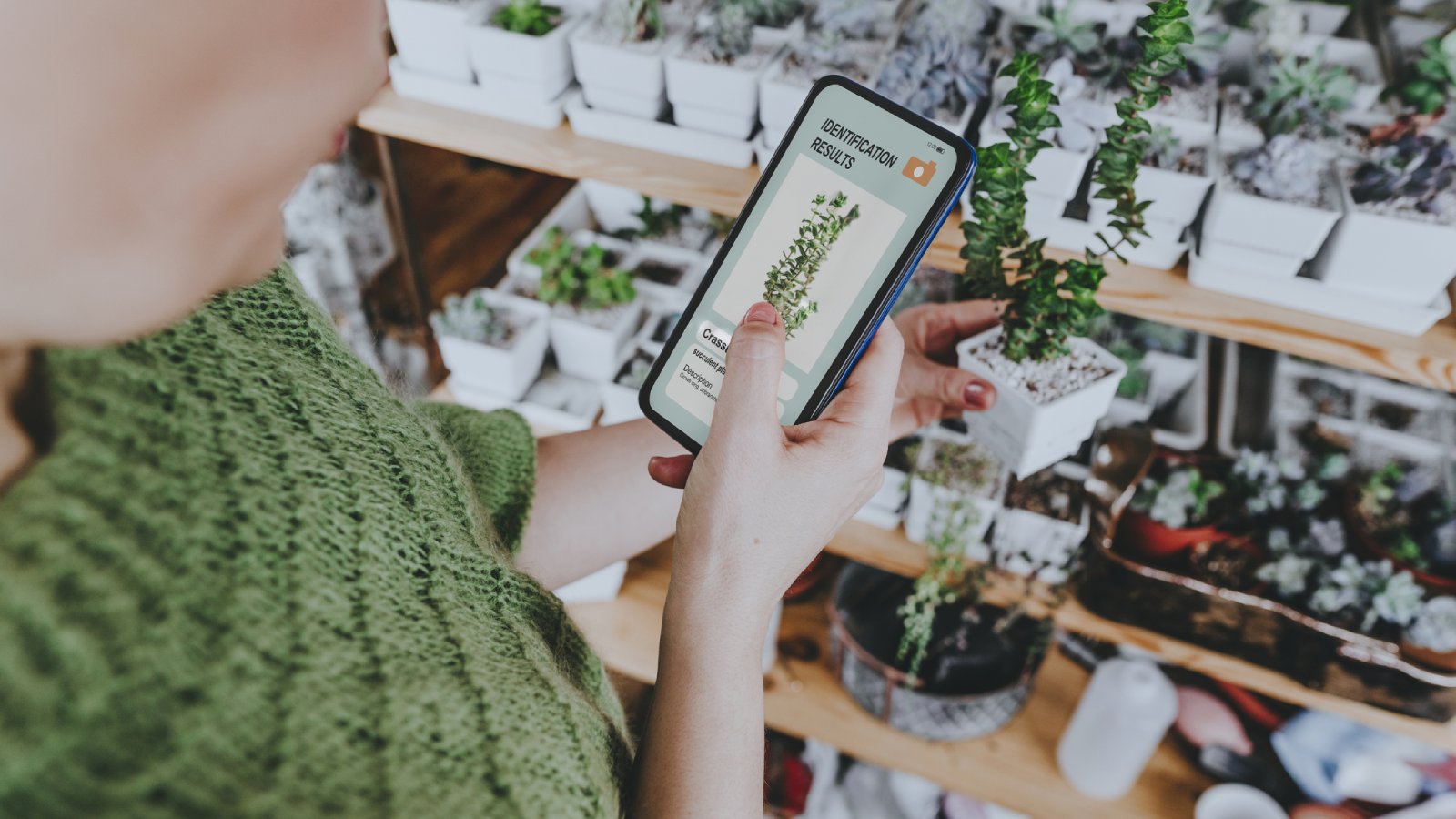5 Best Plant Identification Apps – Most Accurate Tools To Help You ID Plants
An ID app is only as good as its database. Some are a bit costly, some have ads or free trial offers, some are citizen-driven. Maybe offer some valuable input of your own.


Most of us have had occasion to spy a plant we don’t recognize and wish to use the best plant identification app to solve the mystery. There are many available, some are free, many have a free trial, but most will want you to pay eventually.
The best free plant identification app will still likely require something from you, either in the form of ads you must watch, or the free exchange of your information. Not all apps are created equal, so finding the best plant ID app will depend upon several factors.
Pros and Cons of Plant Identification Apps
Even the most expert botanist probably can’t identify every bit of flora on this earth. Plant apps are a great new piece of gardening technology, but they're not perfect. After all, they're only as good as their databases, and the accuracy of the information you provide, or the photo you must send in. Some are regionally specific, some focus on native flora, and others have a broader data toolkit that can encompass non-native and exotic plants. Many also rely on geolocation to pinpoint where the plant is growing and thereby narrow down the options.
Pros
- Easy to use
- Readily available
- Convenient
- Sometimes free
- Can ID dangerous or toxic plants
- Can ID noxious weeds
Cons
- Not useful where cell service doesn’t exist
- May require payment
- Accuracy is questionable
- May require login
- May require watching ads
- Can compromise your personal information
Best Plant Identification Apps

As with everything else, the best plant identifier app is subjective. As the saying goes, “you get what you pay for,” but this may not be true with plant apps. Some that require subscriptions may have broader databases but at the end of the day, the app is only as good as the information you provide it.
If your camera isn’t very good and the app needs a photo, it may fail to correctly identify the plant. If your cell service isn’t broad, the app may actually be useless in the field. Here are some highly-rated apps to consider.
1. Picture This
This app was rated number 1 by a 2023 Michigan State University study. It requires iOS 14.0 or later and visionOS 1.0 or later. The basic app is free but there is a premium subscription. The basic free app gives you a few tests before it asks you to upgrade. You can keep the free account but will have to log in, provide personal information, watch commercials, and share on social media to earn credits good for each ID query.
2. iPlant
This app requires iOS 8.0 or later, macOS 11.0 or later, and a Mac with Apple M1 chip or later. It requires visionOS 1.0 or later. Unlike some plant ID apps this does not have tiers or membership levels. It has a database of over 15,000 plant species. It identifies plants through images you share with it. The user has the option to save plants for future reference.
Sign up for the Gardening Know How newsletter today and receive a free copy of our e-book "How to Grow Delicious Tomatoes".
3. Plant Net
This is an easy-to-use app suitable for iOS and Android. It is free but has some ads, although not as many as other apps. It has a limited database but uses citizen-provided data to improve results. You simply send in a photo of the questioned plant and receive a result in seconds.
4. iNaturalist
This is a citizen-driven platform where input from people around the world can improve results. It works on both Android and iOS. It is highly rated among users and based on a social media profile. It is free and a team of experts monitors the results ensuring accurate information.
5. Google Lens
This app is exactly what it sounds like and runs off the Google search engine. You upload a picture and it tells you what the item is. The app is free but it now comes with ads. It is already available on newer Android phones and free to download for iOS products.
Tips on maximizing Plant ID apps
The best plant app is only as good as the information it receives. You can help the search engine and database by offering additional information to narrow down the choices. Provide a mature species if possible as these are easiest to identify. If there are flowers or fruit, include a photo with these. In trees, submit both leaf and bark. And if you are averse to ads or costly subscriptions, you can always use your local Extension office, field guides, and the USDA plant database to help figure out what your mystery plant might be named.

Bonnie Grant is a professional landscaper with a Certification in Urban Gardening. She has been gardening and writing for 15 years. A former professional chef, she has a passion for edible landscaping.